Best Time for Concrete Installations
Concrete installations are influenced by weather conditions, with temperature and moisture levels playing a crucial role. The optimal periods for pouring concrete typically occur during mild weather to ensure proper curing and strength development.
Spring offers moderate temperatures and lower precipitation, making it ideal for concrete work. Proper planning can help avoid delays caused by unexpected weather changes.
Summer provides warm conditions that facilitate curing. However, excessive heat may require additional measures such as shading and watering to prevent cracking.
Fall provides cooler temperatures and less humidity, suitable for concrete installation. It also allows ample time for curing before winter sets in.
Winter is generally unsuitable due to low temperatures and potential freezing, which can compromise concrete strength and curing processes.
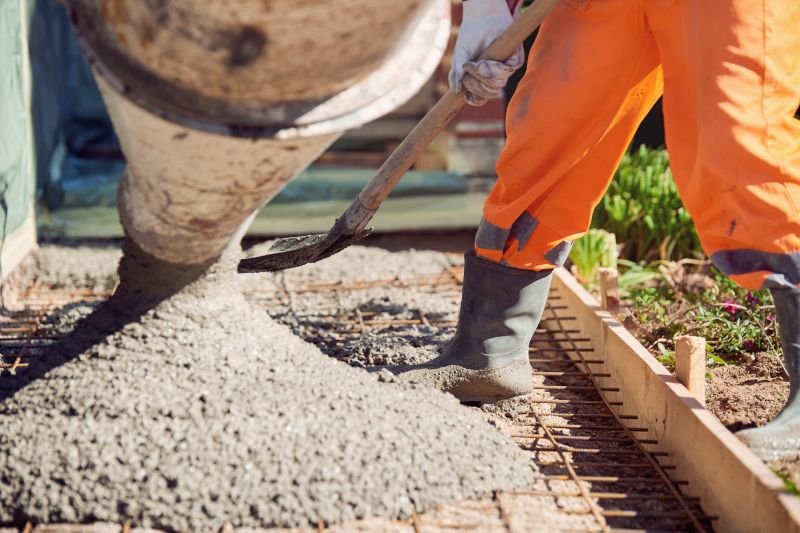
Concrete being poured during spring conditions.
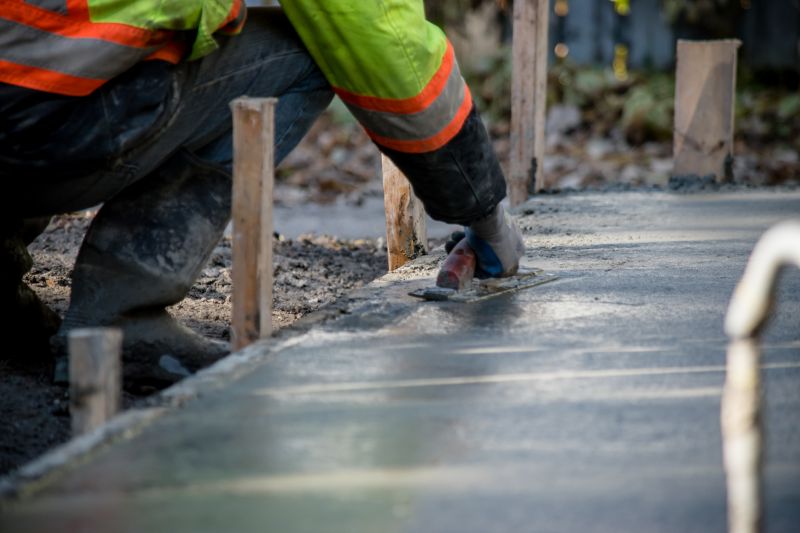
Workers shading freshly poured concrete in summer.

Concrete curing process in autumn weather.

Ways to make Concrete Installations work in tight or awkward layouts.
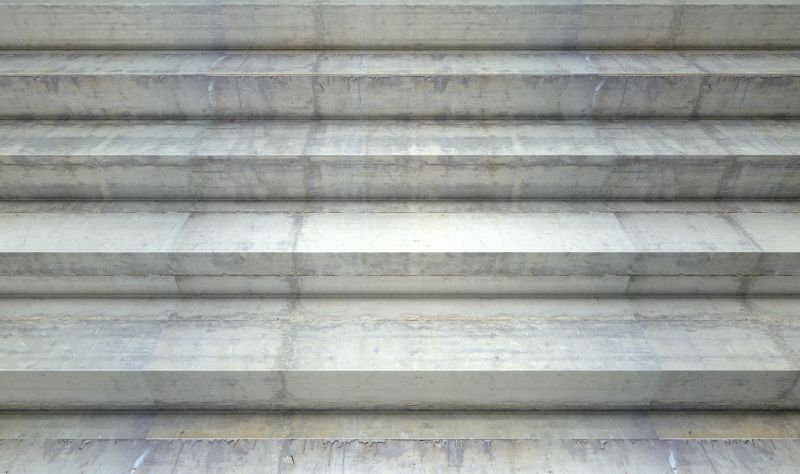
Popular materials for Concrete Installations and why they hold up over time.

Simple add-ons that improve Concrete Installations without blowing the budget.

High-end options that actually feel worth it for Concrete Installations.
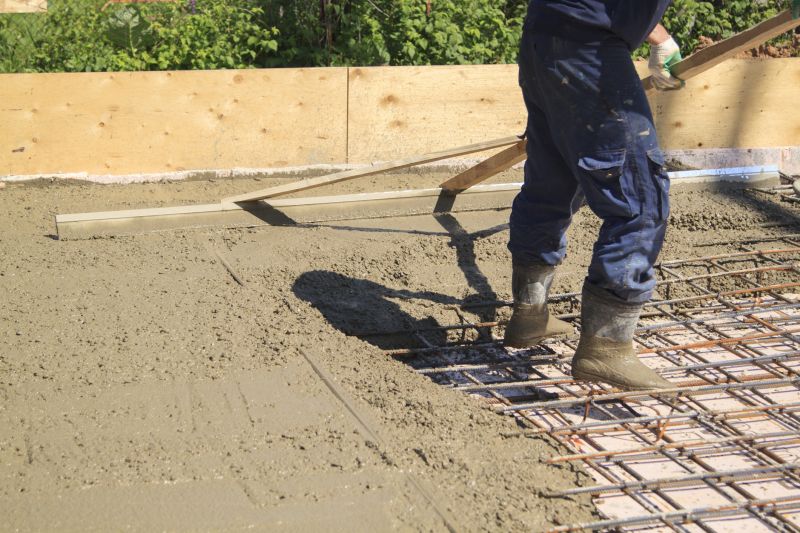
Finishes and colors that play nicely with Concrete Installations.
| Season | Suitable Conditions |
|---|---|
| Spring | Moderate temperatures, low precipitation |
| Summer | Warm temperatures, requires shading |
| Fall | Cooler temperatures, less humidity |
| Winter | Low temperatures, freezing risk |
Concrete installations require careful timing to ensure durability and strength. Proper planning around seasonal weather patterns minimizes risks such as cracking, improper curing, and delays. Understanding the ideal conditions for pouring and curing concrete helps achieve optimal results and longevity of the structure.
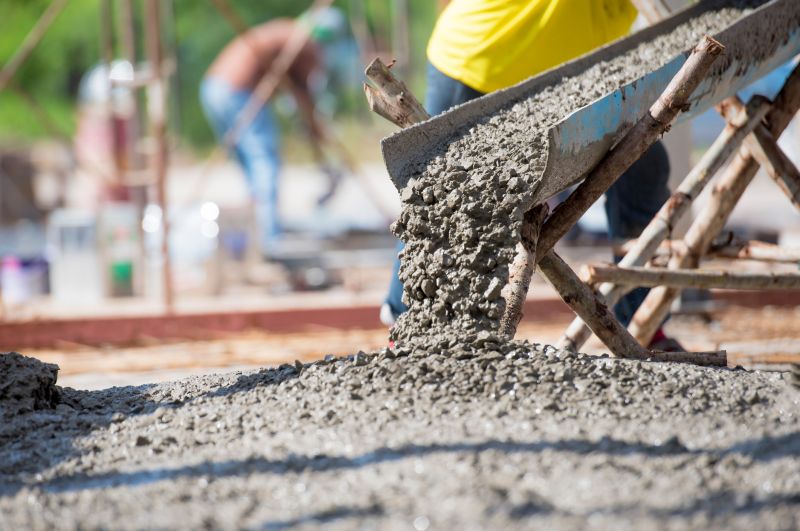
A construction site during optimal weather conditions for concrete.
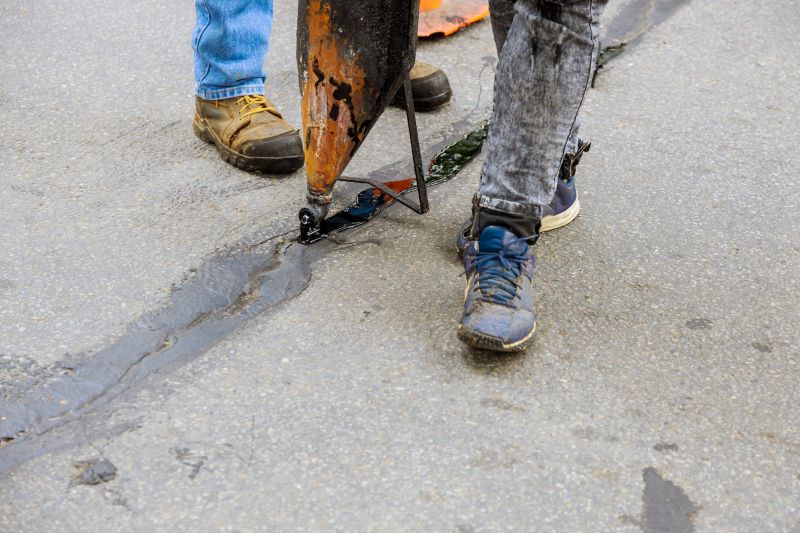
Concrete curing with protective coverings.
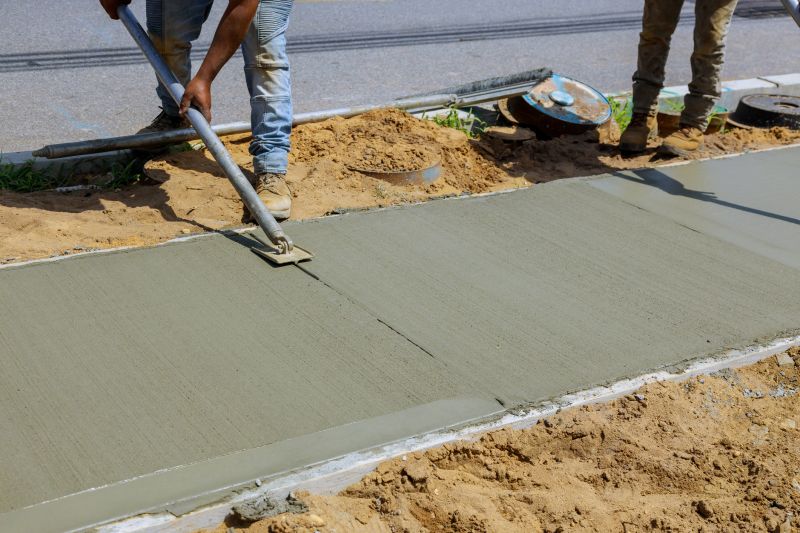
Planning concrete projects around weather forecasts.
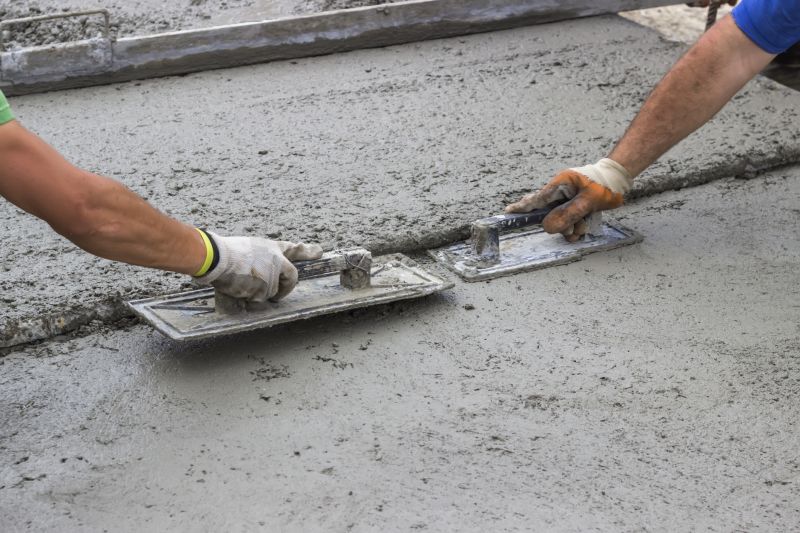
Completed concrete installation in favorable conditions.
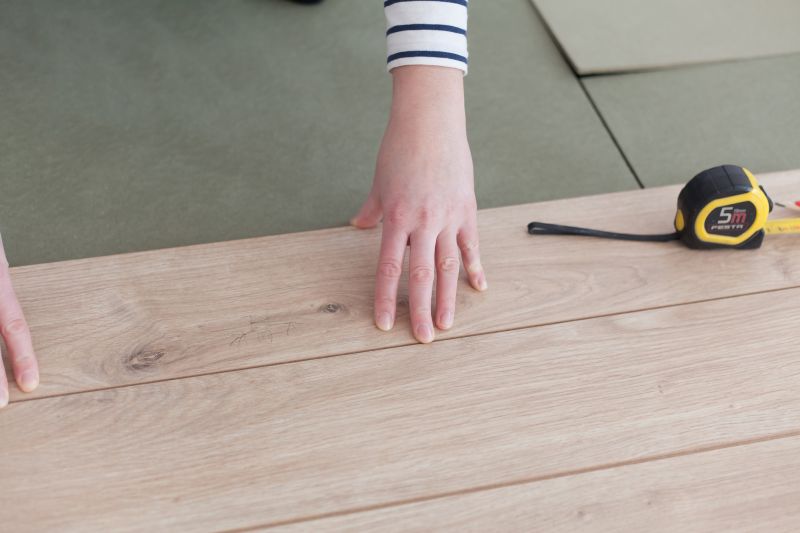
Little measurements that prevent headaches on Concrete Installations day.
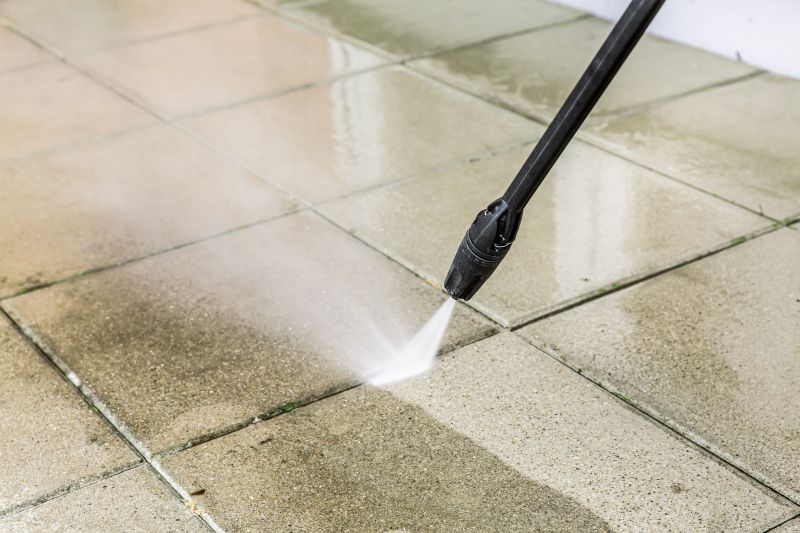
A 60-second routine that keeps Concrete Installations looking new.
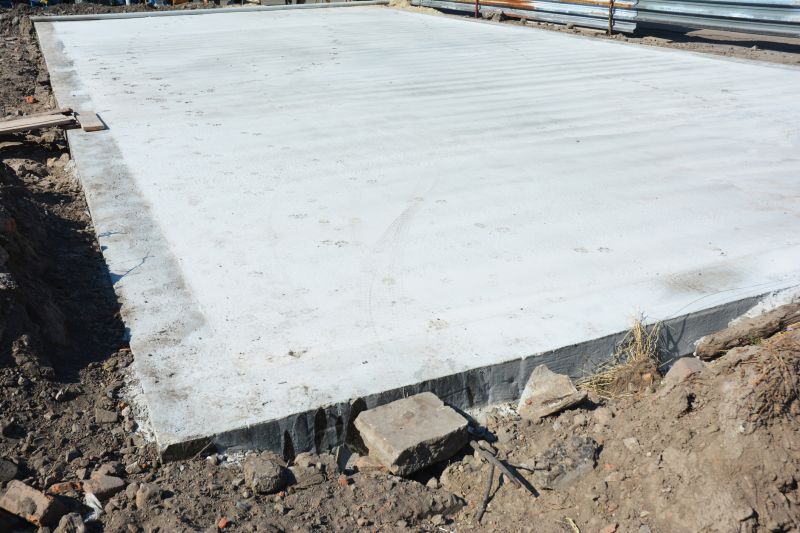
A frequent mistake in Concrete Installations and how to dodge it.

Small tweaks to make Concrete Installations safer and easier to use.
Interested in scheduling a concrete installation? Filling out the contact form can provide more information and assist in planning projects during the most suitable seasons for optimal results in Ashburn, VA.
